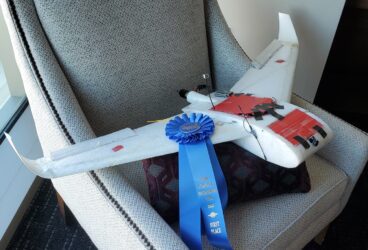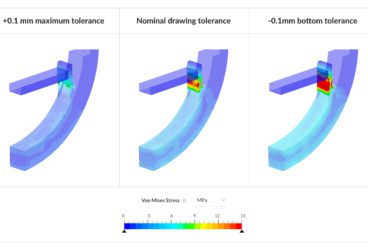This year, student ambassador Mohammad Fozan conducted a two-day workshop titled “Biomedical Engineering” in collaboration with SimScale for the Biomedical Engineering department, Sir Syed University of Engineering and Technology (SSUET), Karachi. This workshop was the first of its kind in SSUET, and positive reviews were received from all involved.
Student Ambassador Spotlight: Mohammad Fozan
While completing an undergraduate degree at NED University of Engineering and Technology, Mohammad learned about SimScale through connections on LinkedIn and subsequent research regarding cloud-based simulation platforms. From there, his interest in engineering simulations led Mohammad to develop a deep understanding and preference for the SimScale platform.
“I am a Mechanical Engineer by profession, and computational fluid dynamics (CFD) and fluid mechanics are key areas of my interests. I was selected as a SimScale Ambassador in March 2018, and since then I have been actively working in collaboration with SimScale. Recently, I was invited by faculty members and the Chairman of the Biomedical Engineering Department, SSUET, to conduct a technical workshop.” – Mohammad Fozan
The workshop was made possible by Dr. Maryam Raziq, Prof. Dr. M. A Haleem, Chairman Dr. Zia Mohy Uddin, and Muhammad Shahjehan Zafar. Additionally, SimScale’s very own Jousef Murad, SimScale Academic Program Manager, provided great support before, during, and after the event.
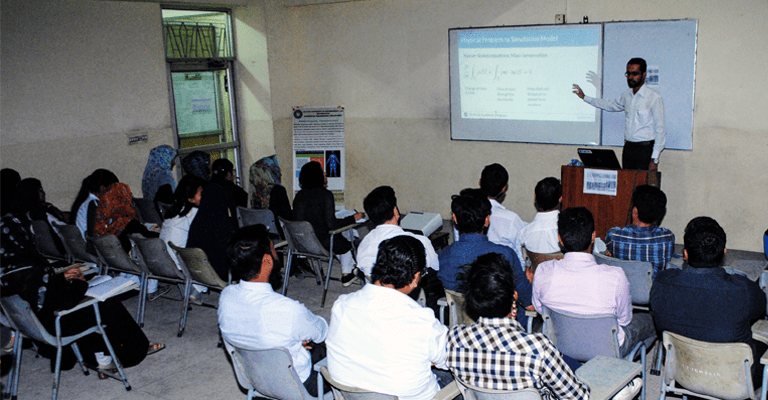
The Workshop: Applications of FEA and CFD in Biomedical Engineering
The workshop took place at the end of February 2019 and was comprised of 3 sessions. The first session addressed hip prosthesis, where students conducted finite element analyses (FEA) to evaluate the displacements, stresses, and strains on the hip prosthesis and femur. To learn more about prosthesis design, check out this Workshop.
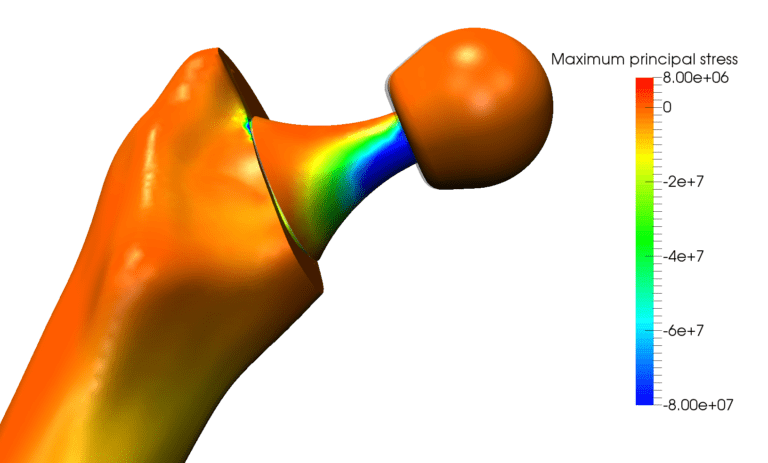
Session two of the workshop also involved FEA, and participants ran static analyses of cardiovascular stents to check for deformations. This exercise focused on the testing of two different types of cardiovascular stent models (shown in the figure below) with the overall aim of determining which stent type and material were best for treatment.
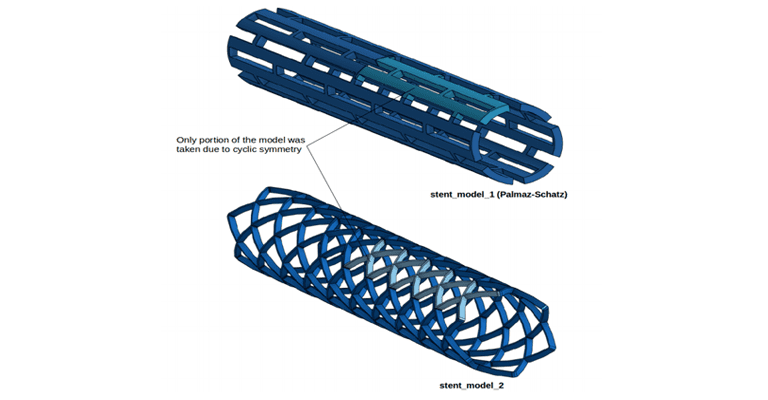
The final session of the workshop switched gears, as students were asked to perform 3 different computation fluid dynamic (CFD) simulations to analyze the flow of blood as a non-newtonian fluid through a Carotid Artery Bifurcation.
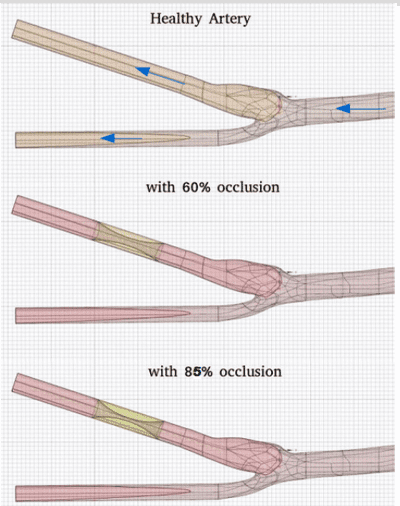
The simulations were performed for 3 cases—the first, with a healthy blood vessel with no calcification or blockage; the second, through a moderately calcified blood vessel and the third, through a severely calcified or occluded blood vessel. The results will show the differences in pressure, velocity profile, and the outlet flow through the two branches.
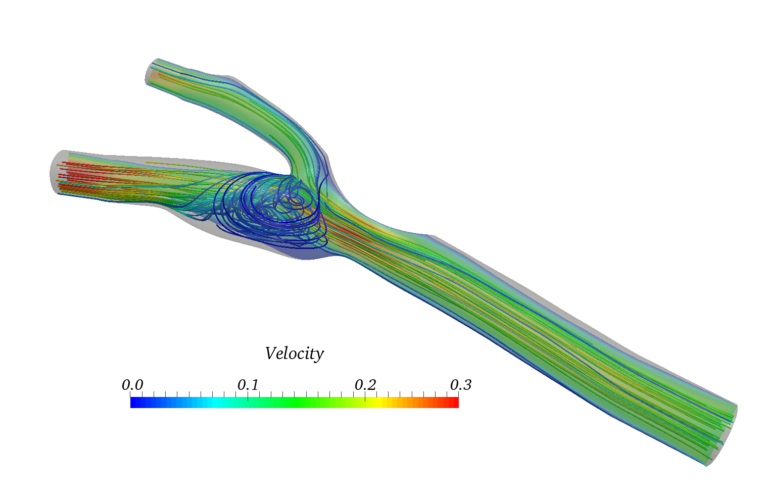
Simulation Setup With SimScale
For the final session, the CAD geometry of the artery was simplified and imported into the SimScale workbench. A split operation was then performed to split the faces for boundary condition specification. The material point was specified inside the vessel geometry, and the bounding box was created to cover the whole vessel geometry. Next, the mesh was created with region, surface and feature refinements as layers were added on the walls of the artery to resolve the boundary layer. Hexahedral cells were used in the mesh, and in the cases characterized by vessels with calcification, the calcified portion of the vessel was also further refined with region refinements. The artery walls were modelled as no-slip walls. Mass-flow rate of 0.0044 kg/sec was specified, and the vessel inlet and outlets were set to zero-gauge pressure. After grid creation, incompressible steady flow analysis type was specified. The flow was considered to be turbulent and k-w SST turbulence model was used for closure because of its robustness. The blood was modeled as Non-Newton fluid with Bird-Carreau viscosity model and fluid “blood” was specified on vessel i.e., flow domain.
“The benefits of CAE and using SimScale were clear as the problem could be promptly investigated, and the blood flow behavior could be studied quickly.”
Simulation Results
Each simulation took approximately 30 minutes on 8 cores. Using SimScale, the students were able to assign area-average and area-integral to inlet and outlet faces of geometry respectively to calculate and compare blood pressure and velocity values in all three cases. Participants achieved a very good y+ value of approximately 1. In the final session, it was found that pressure drop along the length of the blood vessel is largest in 85% calcification case as expected and lowest in the normal case with no calcification.
What are the Next Steps?
As the workshop was a roaring success, there is interest in hosting similar biomedical workshops across universities in Pakistan in collaboration with SimScale in the future.
To learn more about SimScale’s biomedical engineering webinars, fill out this form to watch our workshop video series on YouTube.
Keep up to date with all of our upcoming workshops and webinars here.
